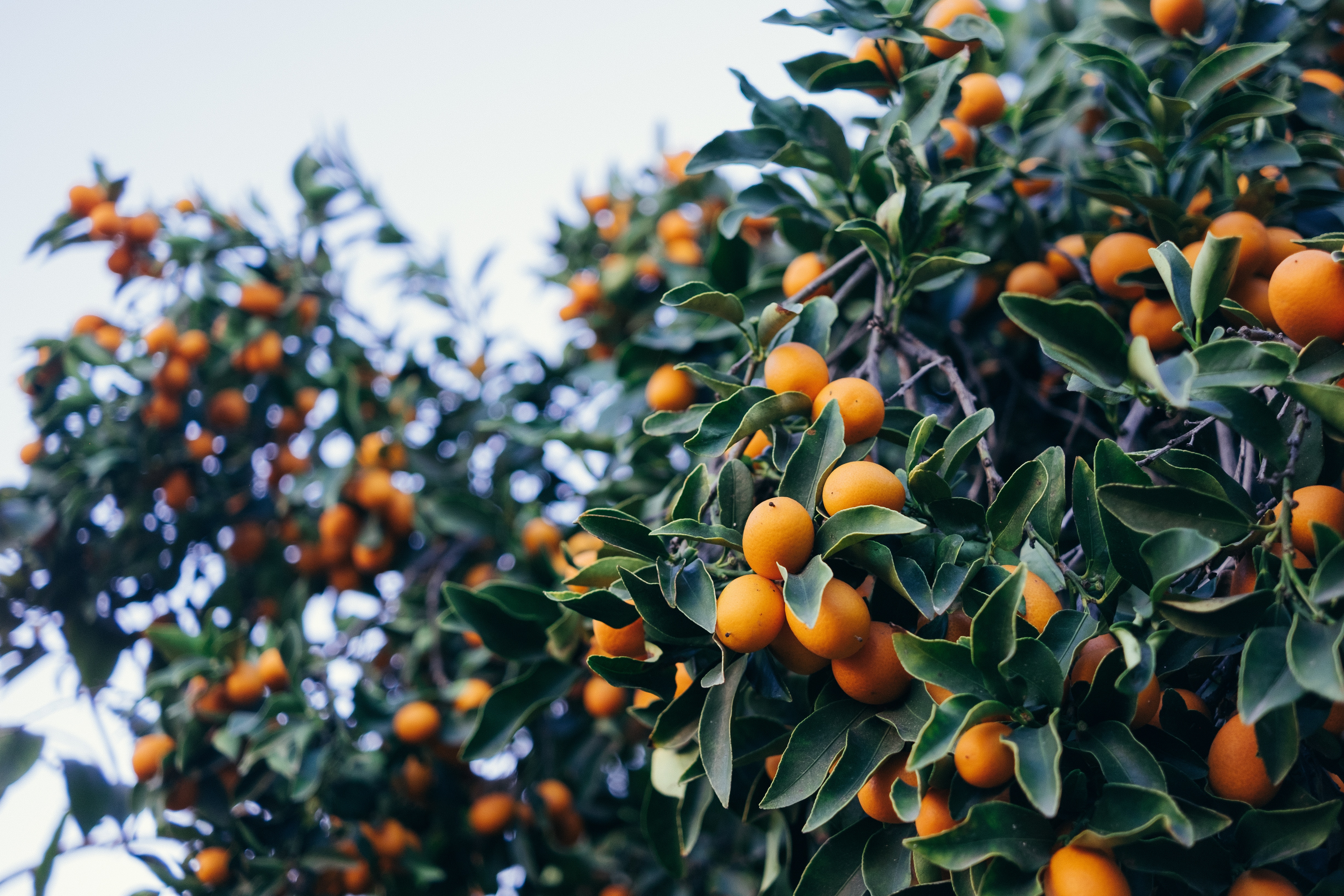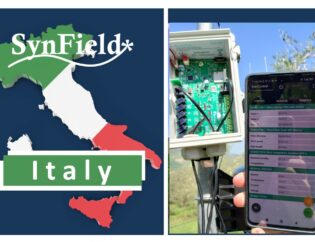
The orange tree is one of the most cultivated trees in countries with moderate temperatures, considerable amounts of sunshine and water such as the Mediterranean countries. There are a lot of varieties which differ in their fruits morphology, sweetness, acidity, content in vitamin C and ripening time. Most notable are: a) Valentsia (spring-end ripening), b) Navelina (November – December ripening), c) Newhall (November – December ripening), d)Navelate (maturity April - May), e) Salustiana (January-March ripening), f)Moro and Tarocco of the “Sanguinas” group.
The orange tree requires mixed sandy and clay soil rich in Calcium in order to thrive and mild conditions in order to produce more fruits. Also, it needs sunny and warm areas to give good quality fruits; extreme conditions like snow, strong winds and haze cause reduction in the produced quantity and quality of the fruits. Next follow some guidelines for irrigation, fertilization and pruning of the orange tree.
Irrigation
The orange tree must often be irrigated in order to ensure sufficient soil moisture in its root system. Especially in summer there is need for regular watering every 2 – 3 days, while in spring and autumn once a week is enough. The amount of water required depends on various factors such as tree age and weather conditions. Young trees need intensive irrigation to grow their root system satisfactorily; drip irrigation is considered the best system.
Fertilization
Οrange trees in order to have high production need to be fertilized three times a year. Once in early spring, once in early summer, and once in autumn. It is recommended to use organic fertilizer full in magnesium and with trace elements of iron and zinc. In general, 1 to 1, 5 kg of fertilizer in each application is sufficient for 21-year-old orange trees.
Pruning
The pruning of the orange tree needs to be done every year after fruition is completed and depends on the variety of the plant and the microclimate. The purpose of pruning is to facilitate the passage of light and air and it is therefore necessary to prune the inner small branches that have no fruits. Pruning is also applied to remove the branches bearing sick fruits in order to grow stronger; these are usually the outer branches.
Πηγή: www.mistikakipou.gr









